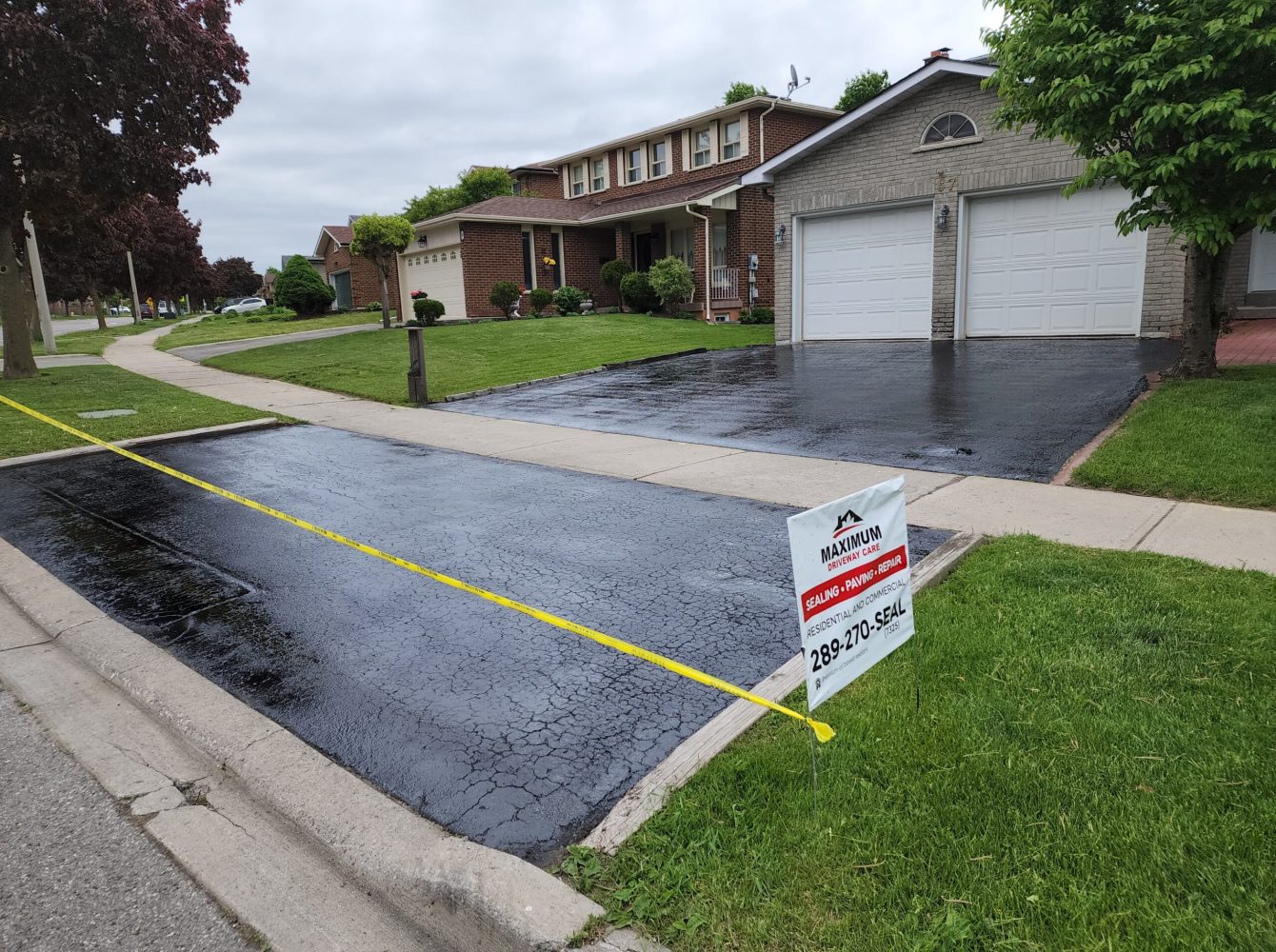Hot Mix Asphalt: A Sustainable Solution for Sidewalk
Warm Mix Asphalt (HMA) has actually emerged as a leading sustainable selection for pavement solutions, using a myriad of innovative modern technologies and environmental advantages. As the need for environment-friendly construction techniques grows, checking out the nuances of HMA's sustainability can give useful understandings into the future of pavement solutions.
Ecological Advantages of Hot Mix Asphalt

Moreover, Hot Mix Asphalt aids to reduce city warm island results. Its dark shade takes in sunlight, minimizing the amount of warm mirrored back right into the atmosphere compared to lighter-colored sidewalks. This can lower ambient temperature levels in city areas, reducing the need for air conditioning and inevitably decreasing power intake.
In addition, Warm Mix Asphalt adds to boosted stormwater management. Its porous nature allows water to charge and penetrate the pavement groundwater products, lowering runoff and the risk of flooding. These environmental benefits make Hot Mix Asphalt a lasting selection for leading roadways and freeways.
Power Performance in HMA Production
Is energy efficiency a critical element in the production of Hot Mix Asphalt (HMA)? Absolutely. Power plays a significant role in the manufacturing of HMA, impacting both cost and ecological sustainability. One key aspect of energy efficiency in HMA production is the use of cozy mix asphalt (WMA) modern technologies (regrading). WMA permits the mixing and placement of asphalt at lower temperatures contrasted to standard hot mix asphalt, resulting in reduced power usage throughout production. This process not just lowers fuel use yet additionally reduces greenhouse gas discharges, making it a more eco-friendly choice.
Additionally, advancements in plant modern technologies have caused more energy-efficient HMA production procedures. Modern plants are designed with attributes like recycled asphalt sidewalk (RAP) handling capabilities, reliable burner systems, and boosted insulation, all adding to power cost savings. By optimizing energy use in HMA production, the sector can reduce its carbon impact while maintaining high-grade pavement products. Energy performance is, as a result, an important factor to consider in making sure the sustainability of Hot Mix Asphalt production.
Recyclability of Hot Mix Asphalt
The recyclability of Warm Mix Asphalt (HMA) is a critical facet of its sustainability and long-term environmental effect. HMA is one of one of the most recycled products in the United States, with over 100 million heaps of redeemed asphalt pavement (RAP) being reused each year in new sidewalk building and construction. Recycling HMA provides numerous ecological benefits, such as decreasing the requirement for virgin products, lowering energy usage throughout manufacturing, and lowering the quantity of waste Read Full Report sent out to landfills.
The procedure of reusing HMA entails crushing the existing pavement, squashing it into smaller sized items, and blending it with brand-new aggregate and asphalt binder to produce a recycled mix. This recycled mix can often carry out as well as and even better than traditional HMA, while needing fewer basic materials and creating lower greenhouse gas emissions. By including RAP into new pavement projects, road agencies can conserve natural deposits, decrease costs, and minimize the ecological impact of roadway building and maintenance activities. In general, the recyclability of HMA plays a significant duty in advertising lasting methods within the pavement sector.

Long-Term Efficiency of HMA
Asphalt sidewalks show toughness and resilience over an extensive period, mirroring the long-lasting efficiency of Hot Mix Asphalt (HMA) In addition, developments in HMA modern technology, such as the usage of polymer-modified binders and cozy mix asphalt, have better enhanced the longevity and longevity of HMA sidewalks. By focusing on top quality building and construction and maintenance methods, have a peek at this site HMA proceeds to prove itself as a affordable and lasting service for durable sidewalk framework.

HMA: Toughness and Sustainability
Demonstrating both toughness and sustainability, Hot Mix Asphalt (HMA) has ended up being a cornerstone in the building and construction of lasting sidewalk facilities - hot mix asphalt. HMA's longevity comes from its capacity to endure hefty tons, harsh climate condition, and high website traffic volumes, making it a trustworthy choice for streets, highways, and flight terminal paths. The structure of HMA, which commonly includes accumulations, binder, and filler, plays a vital role in boosting its long life and resistance to deterioration
Furthermore, HMA's sustainability lies in its recyclability and energy-efficient manufacturing process. The ability to recycle redeemed asphalt pavement (RAP) in new HMA blends reduces the demand for virgin materials and lessens the ecological impact of pavement construction and maintenance. Furthermore, the power performance of producing HMA lies in its reduced blending temperatures compared to other sidewalk materials, leading to decreased energy usage and greenhouse gas exhausts.
Verdict
Finally, hot mix asphalt (HMA) offers a sustainable solution for pavement with its environmentally friendly characteristics. HMA's recyclability, energy efficiency in production, and long-term sturdiness make it an environmentally friendly choice for roadway building and construction. By find more preserving natural deposits, minimizing waste, and reducing greenhouse gas discharges, HMA plays an important duty in advertising sustainability in facilities development. Its ability to mitigate city warm island impacts even more underscores its importance in developing resistant and ecologically aware pavement systems.
HMA is one of the most recycled products in the United States, with over 100 million heaps of reclaimed asphalt sidewalk (RAP) being reused yearly in new pavement construction.The process of recycling HMA involves grating the existing pavement, squashing it into smaller pieces, and blending it with new accumulation and asphalt binder to create a recycled mix.Asphalt sidewalks show longevity and resilience over a prolonged period, reflecting the lasting performance of Warm Mix Asphalt (HMA) In addition, advancements in HMA modern technology, such as the use of polymer-modified binders and cozy mix asphalt, have additionally enhanced the longevity and long life of HMA sidewalks. The capability to recycle reclaimed asphalt pavement (RAP) in brand-new HMA mixtures minimizes the demand for virgin products and decreases the environmental effect of sidewalk building and construction and maintenance.